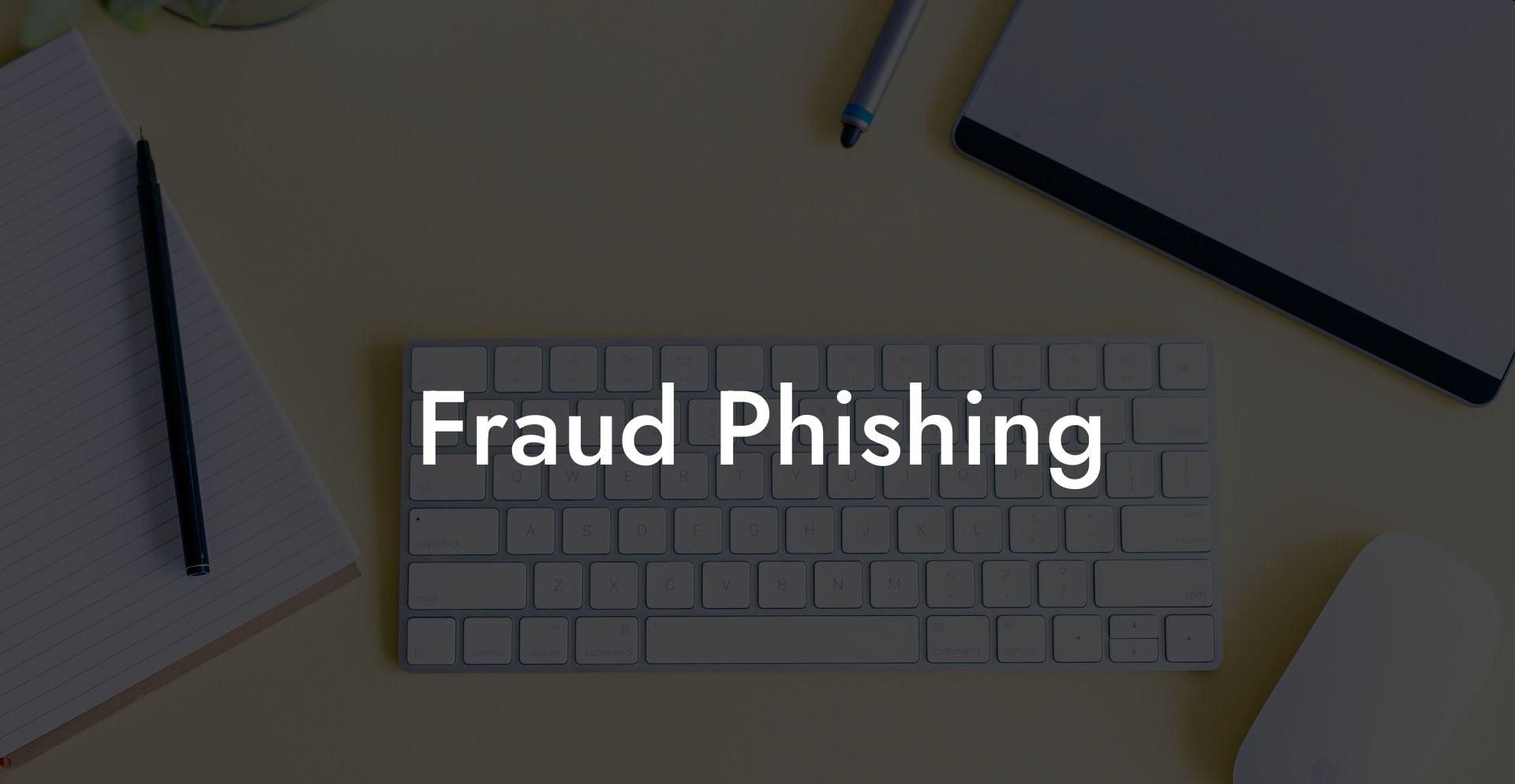With the rapid growth of technology and increased dependence on digital channels for communication and transactions, cybercriminals are devising innovative ways to take advantage of unwary individuals and organizations. One such cyber threat, which has been prevalent for years and is still on the rise, is fraud phishing. It is essential for individuals and businesses alike to understand the concept of fraud phishing and arm themselves with the necessary knowledge and tools to identify and prevent such scams.
Fraud Phishing Table of Contents
In this guide, we will delve into the world of fraud phishing, explore some realistic examples, and provide practical tips and solutions that can help protect you from becoming a victim of these cyberattacks.
1. What is Fraud Phishing?
Protect Your Data Today With a Secure Password Manager. Our Top Password Managers:
Fraud phishing is a malicious technique used by scammers to obtain sensitive information such as usernames, passwords, credit card details, and personal identification numbers (PINs) by masquerading as trustworthy entities via telephone, email, or text messages. The primary goal of these cybercriminals is to deceive users into providing confidential information, enabling them to take control of their financial accounts, and commit identity theft.
2. Types of Fraud Phishing
There are several types of phishing attacks targeting different platforms and objectives, including:
a. Email Phishing
Scammers send emails that appear to be from legitimate sources, such as a bank or government agency, and include an urgent request for sensitive information.
b. Spear Phishing
This type of phishing is more personalized, targeting specific individuals or organizations with tailored content designed to trick them into revealing sensitive information.
c. Voice Phishing (Vishing)
Scammers use Voice over Internet Protocol (VoIP) calling platforms to impersonate an official entity and elicit personal or financial details from unsuspecting victims over the phone.
d. SMS Phishing (Smishing)
Scammers send text messages that appear to be from reputable sources, urging recipients to share sensitive information or click on links that lead to phishing websites.
3. Fraud Phishing Example of fraud phishing
Let's take a realistic example of an email phishing scam. You receive an email from what appears to be your bank, claiming that there has been a security breach and your account has been temporarily locked. The email includes a link and instructions to verify your account. Once you click on the link, you are redirected to a website that looks exactly like your bank's legitimate site. You enter your username, password, and other personal identification details only to realize later that your account has been compromised and funds have been transferred without your authorization.
4. How to Identify and Prevent Fraud Phishing
To minimize the risk of falling prey to phishing scams, follow these best practices:
a. Be cautious of unsolicited requests for sensitive information. Legitimate organizations will never ask for confidential data through email or text messages.
b. Beware of urgent or alarmist language in emails or texts, which is often used to pressure or manipulate victims into acting without thinking.
c. Examine the sender's email address closely for any irregularities or inconsistencies with what you know to be legitimate sources.
d. Hover your mouse over links in emails without clicking them to reveal the actual URL. Make sure the link is secure (https://) and belongs to a reputable domain associated with the expected source.
e. Regularly update your computer and smartphone software, including web browsers, to ensure you have the latest security protections.
f. Use multi-factor authentication (MFA) for online accounts, which provides an extra layer of security.
g. Report any suspected phishing attacks to the corresponding organization and to the Anti-Phishing Working Group (APWG) at reportphishing@apwg.org.
Fraud phishing continues to evolve, and staying informed is crucial to protect your sensitive information and financial well-being. Our comprehensive guide on Voice Phishing can further equip you with the knowledge and tools you need to stay safe from various cyber threats.
Don't fall for the bait! Share this essential guide on fraud phishing with friends, family, and colleagues to help protect them from potential cyberattacks. Make sure to explore our other guides on Voice Phishing to stay vigilant in this digital world.
Protect Your Data Today With a Secure Password Manager. Our Top Password Managers:















